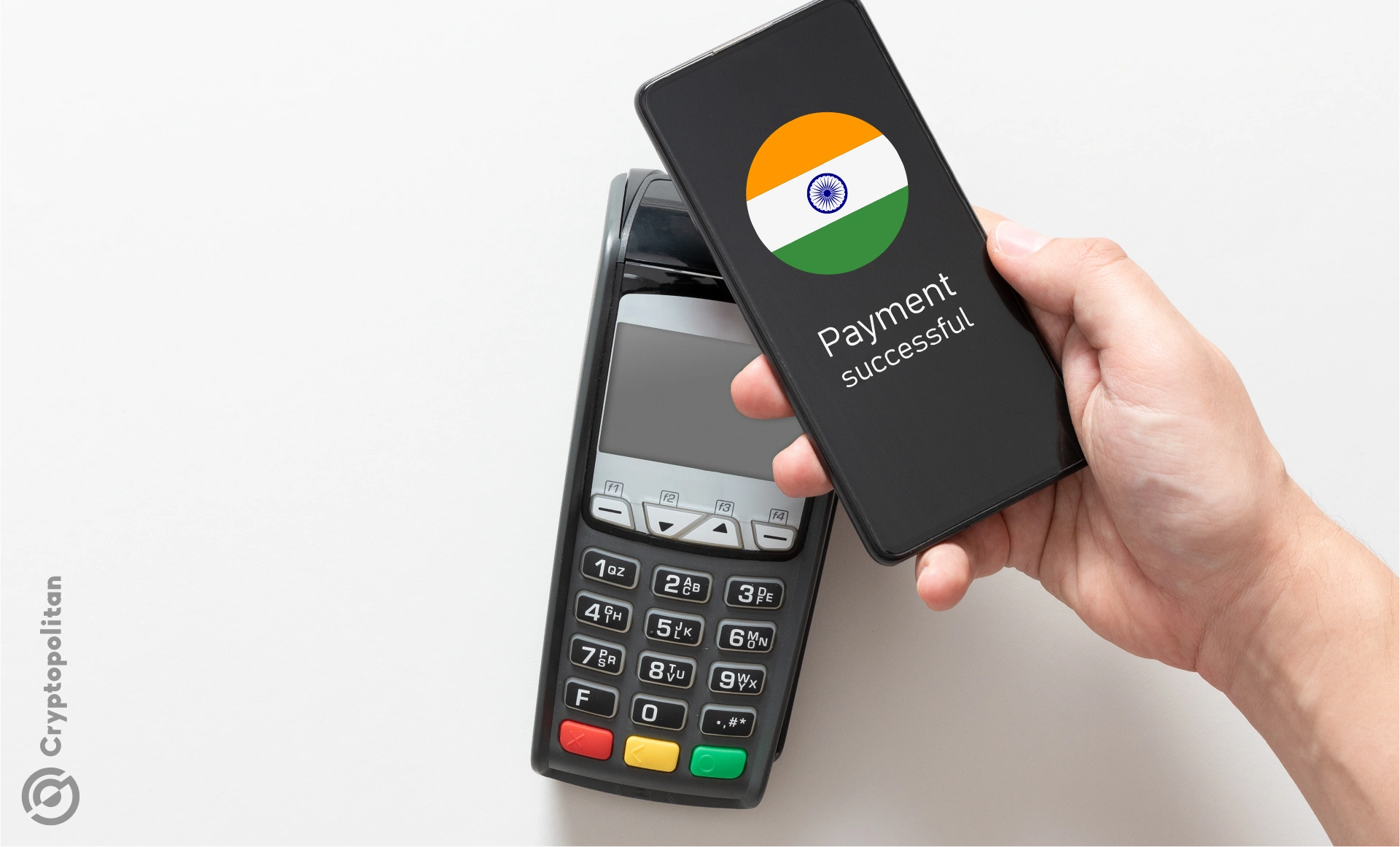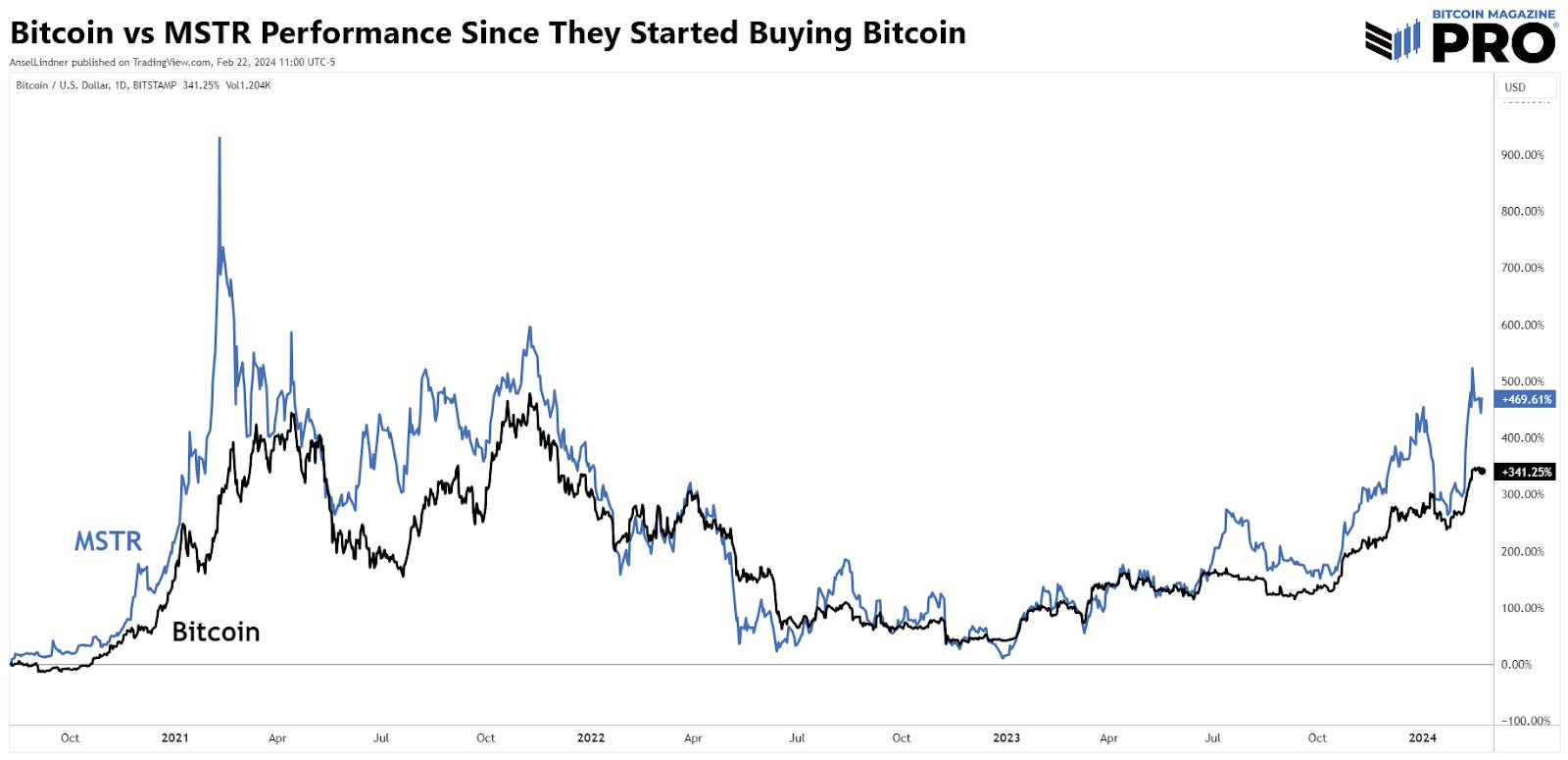India is moving forward with plans to simplify cross-border payments with a new plug-and-play system. The idea is to create a flexible framework that can be easily adapted by different countries, making it simpler to send money across borders.
Digital Public Infrastructure, or DPI, has already played a big role in India’s digital transformation. These are tech systems created mostly by the public sector but are available for anyone to use.
They are built to be scalable, meaning they can handle massive amounts of data. They are also designed to be interoperable, so different systems can talk to each other. Plus, they are cost-effective because they benefit from economies of scale.
RBI promoting financial inclusion in India
Over the last ten years, India’s traditional banking system has gone through a huge tech overhaul. We’re talking about a complete makeover that’s made banking more accessible and less of a pain.
Digital ID systems, digital payments, and digital processes are at the core of this transformation. India’s strategy revolves around three main things: digital identity, bank accounts, and the infrastructure to process all that data.
The Aadhaar system, a biometric ID program, has given nearly every Indian a digital identity. That’s around 1.4 billion people. And let’s not forget the Jan Dhan accounts, which have brought over half a billion unbanked Indians into the financial system.
Mobile phones also play a huge role here, with about 900 million mobile internet users in the country as of May 2024. The Reserve Bank of India (RBI) is pushing these systems to promote financial inclusion and to ensure everyone can participate in the economy.
Officials will be patient with CDBC plans
However, the RBI is cautious about rolling out the Central Bank Digital Currency (CBDC) too quickly. The pilot for this digital currency has already reached over 5 million users and involves 16 banks.
The RBI points out, “We should not rush.” They want to understand all the implications of a digital currency on users, the economy, and the financial system itself before making any big moves.
The CBDC could help make sure money gets where it’s supposed to go, particularly in cases where traditional methods are too cumbersome or expensive.
High costs, slow processing times, and a lack of transparency make sending money across borders a nightmare. However, India thinks it has a solution. By creating a plug-and-play system, they hope to make cross-border payments as easy as domestic ones.
The plan is to use new technologies like Fast Payment Systems and CBDCs to create more efficient payment systems. At the conference, RBI officials said they were “happy to develop a plug-and-play system for the benefit of the community of nations.”





